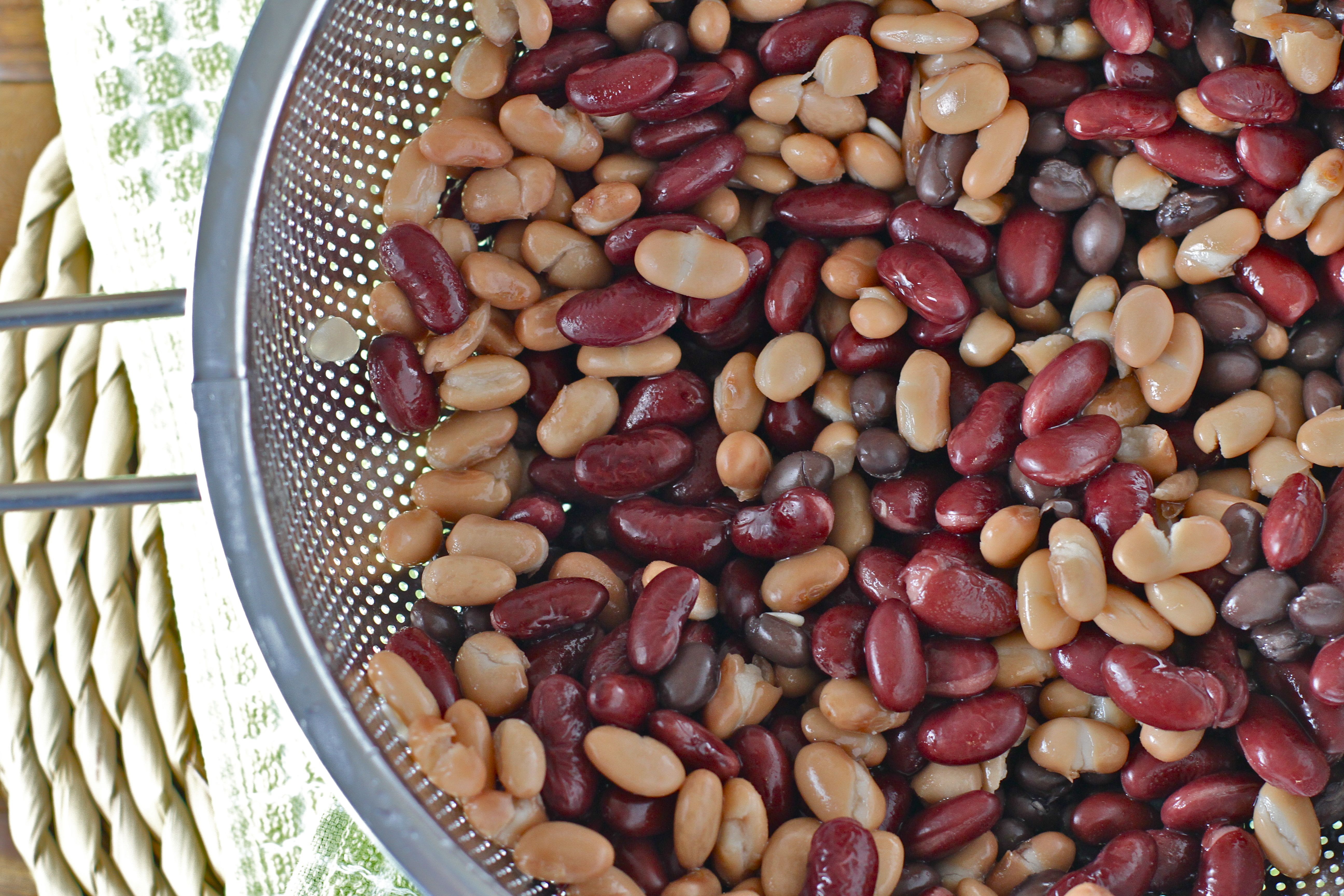
Did you know that women consuming a traditional Asian diet experience fewer menopausal symptoms than women consuming a Western diet? The secret is their phytoestrogen intake.
What are phytoestrogens I hear you ask? How will they decrease menopausal symptoms? And where do I get them from? All your questions will be answered here…
Did you know that women consuming a traditional Asian diet experience fewer menopausal symptoms than women consuming a Western diet? The secret is their phytoestrogen intake.
What are phytoestrogens I hear you ask? How will they decrease menopausal symptoms? And where do I get them from? All your questions will be answered here…
Menopause marks the cessation of menstruation and the finale of reproductive life. Perimenopause is generally considered the time period approximately 1 year after a women’s last menstrual cycle and may begin in women as early as age 35.
Perimenopause can be a somewhat uncomfortable and even frightening time for women who are unprepared for the changes that accompany it. Although every woman is different and each will be able to tell you their individual journey, it is normal during this stage to experience symptoms such as hot flushes, insomnia, mood swings, headaches and weight gain as your body adjusts to a tornado of hormonal changes. Friends and/or medical professionals may talk about medications that can help alleviate symptoms, but diet can really make a difference to a woman’s health and how she feels during menopause.
How phytoestrogens decrease menopausal symptoms
Low oestrogen levels are the basis of most menopausal symptoms. Oestrogen is a hormone that impacts a wide range of functions in a women’s body including but not limited to her cholesterol levels, ovulation and even how much calcium is needed in the bloodstream.
Phytoestrogens are naturally-occurring compounds found in plants, and thus plant foods, that are similar to oestrogen (although they have a weaker effect). It has been reported that Asian women who traditionally consume a high intake of phytoestrogens (~50mg/day) experience fewer menopausal symptoms than Western women who generally have diets low in phytoestrogens (~1.3mg/day). When Asian women adopt a Western diet, the associated menopausal problems are also adopted.
Three main types of phytoestrogens
There are 3 main types of phytoestrogens:
Isoflavones: Legumes (beans such as soya beans, kidney beans, lima beans, chickpeas, lentils) and soy products (such as milk, tofu, tempeh, miso)
Lignans: Fruit, vegetables, legumes, wholegrains, nuts and seeds, especially linseeds
Coumestans: Sprouting seeds like alfalfa and soy bean sprouts
3 easy tips to increase phytoestrogen intake on a daily basis
- Enjoy a soy latte each day – Choose good quality soy milk with at least 100mg calcium/100ml to ensure adequate calcium intake whilst increasing phytoestrogen consumption.
- Add LSA – A tablespoon of ground LSA (linseeds, sunflower seeds and almonds) added to cereal or salad is great for extra crunch as well as increasing phytoestrogen intake.
- Make the switch to legumes – Try reducing mince meat and replacing it with legumes, such as a 4 bean mix when cooking bolognaise or a lasagne.
